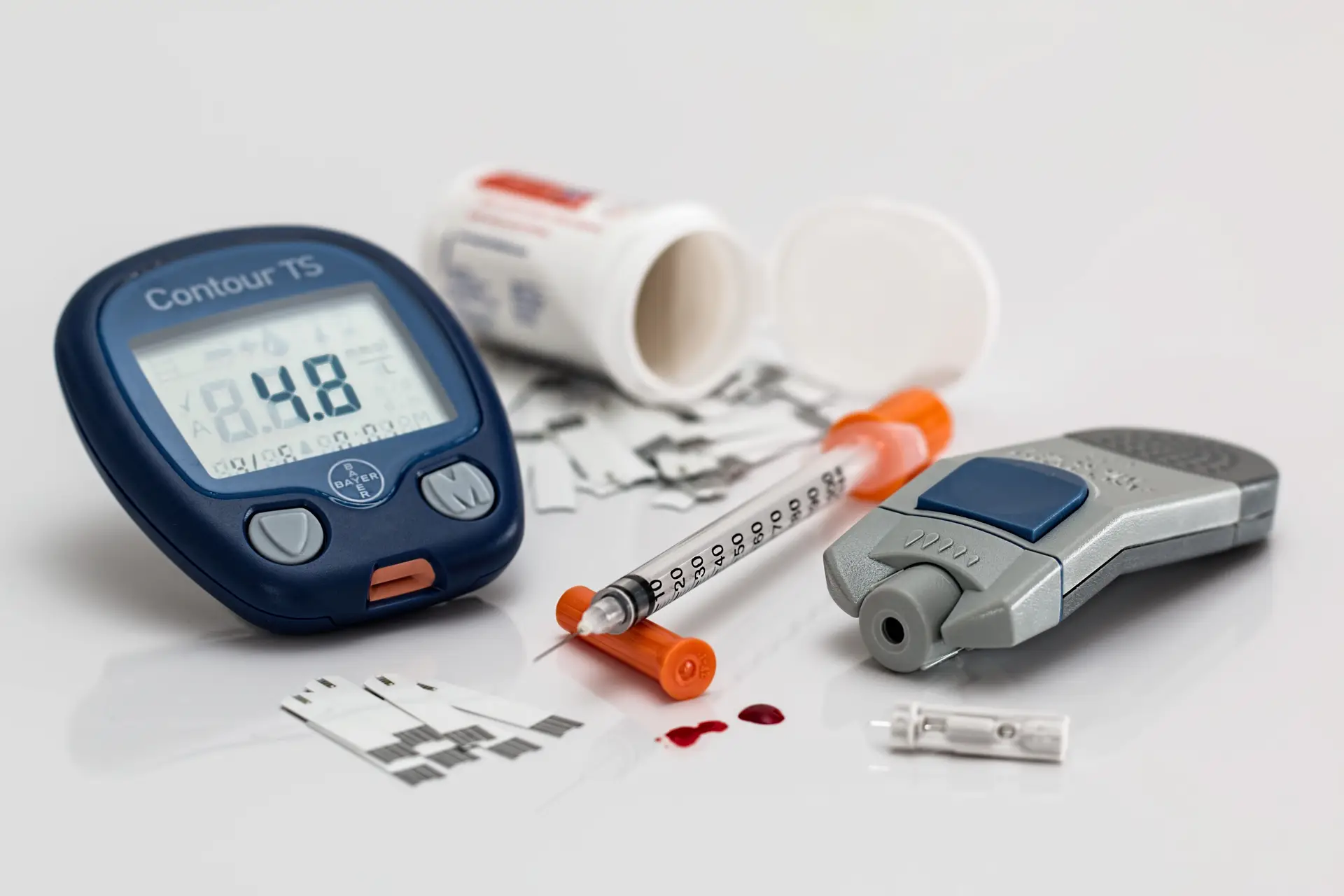Are you living with Diabetes? It can be very overwhelming managing this condition, particularly in the early stages following diagnosis. We’ve put together a little fact sheet and given some tips on things you can do to manage your condition and live well with Diabetes.
WHAT IS DIABETES?
In a nutshell, Diabetes (or correctly named – Diabetes Mellitus or DM) is a condition characterised by increased levels of sugar in the blood, resulting from the body’s inability to either produce or correctly make use of a hormone called Insulin. Insulin helps move sugar (called ‘glucose’) in the blood into the cells around the body so we have energy to function. There are a few different types of DM:
- Type 1: The body does not produce enough insulin due to cell damage of the pancreas – the organ in the body that produces insulin.
- Type 2: The body is unable to sufficiently use and respond to the insulin produced by the pancreas.
- Gestational Diabetes: This form affects pregnant women who have no prior diagnosis of DM. This condition usually resolves after delivery of the baby.
Each form is treated slightly differently. Type 1 requires the person to take insulin, usually via self-injection. Type 2 can predominantly be managed through diet and exercise, but may require medication and possibly insulin, depending on how advanced the condition is. Type 2 is the most common form of the condition and what we’re going to focus on.
WHAT CAN YOU DO TO HELP?
The most common cause of Type 2 DM is a combination of excess body weight and lack of exercise. So it is fitting that one of the best ways to control your blood sugar levels, and reduce the risk of complications (such as heart, kidney, eye and nerve disease) further down the line, is to reduce body weight and exercise regularly.
DIET
Dietary recommendations for people with DM are not too dissimilar to those for any other person. The following tips can be helpful to follow:
- Eat regular meals and consume healthy snacks spread across the day
- Eat high fibre, complex carbohydrate foods such as whole grain breads, cereals and pastas, beans, lentils, fruit and vegetables (i.e. foods that have a low glycemic index and won’t spike your blood sugar levels quickly)
- Be mindful of the amount of fat you eat, especially saturated fats, found in takeaway food, fried food, cakes and biscuits
- Keep alcohol intake low as a general rule, and ensure you have plenty of alcohol-free days
- Keep energy balance in mind. If you consistently consume more energy than you burn off in a day, you will gain weight

EXERCISE
It is recommended that people with Type 2 DM participate in both aerobic and resistance-based exercise regularly and consistently. These forms of exercise have been shown to improve insulin action and overall quality of life. And they help decrease blood pressure, heart complications, fat levels and risk of death.
Please remember that these are basic guidelines, and we always recommended that you seek help from a health professional such as your GP, DM specialist, or your local osteo before making any big decisions on diet and exercise to help manage your Diabetes.
References
- Diabetes Victoria – https://www.diabetesvic.org.au/diabetes-and-me?tags=Left-Mega-Nav%2FDiabetes%20and%20nutrition%2F&bdc=1
- American Diabetes Association – http://www.diabetes.org/food-and-fitness/food/what-can-i-eat/making-healthy-food-choices/?loc=ff-slabnav
- Harvard Health – https://www.health.harvard.edu/diseases-and-conditions/living-well-with-diabetes







